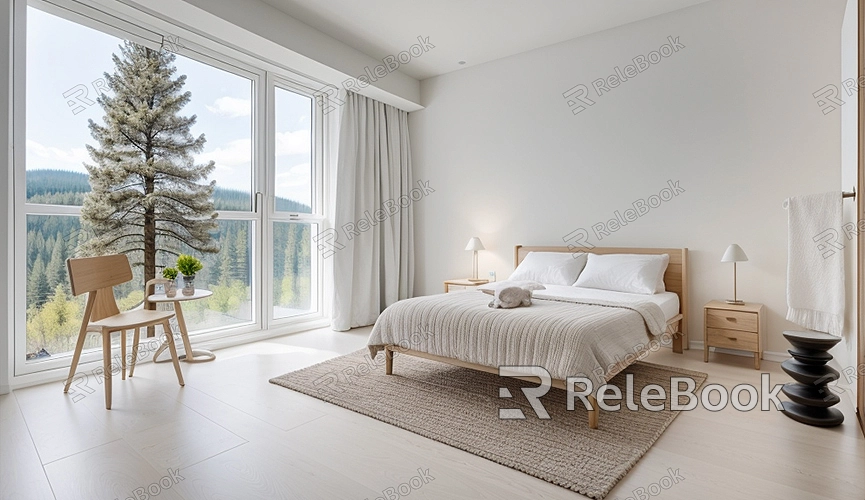How to activate blender render in blender
Blender is a powerful open-source 3D modeling software widely used for creating animations, visual effects, artworks, and interactive 3D applications. For beginners, understanding how to activate rendering in Blender is a crucial step. In this article, we'll detail how to activate rendering in Blender and share some useful tips and resources to help you improve your rendering results.
Preparation
Before starting, make sure you have the latest version of Blender installed. If you haven't installed it yet, you can download it for free from the Blender website .

Understanding the Blender Interface
1. Launch Blender: After opening Blender, you'll see a default startup interface divided into several main parts: the view window, properties panel, and toolbar, among others.
2. Select the Rendering Engine: In the properties panel, click the "Render Properties" icon (camera icon) in the upper right corner. In the "Render Engine" options, you can choose to use either the "Eevee" or "Cycles" render engine. Eevee is suitable for real-time rendering, while Cycles is used for high-quality ray tracing rendering.
Setting Render Parameters
1. Set Output Format: In the "Output Properties" tab, you can set the format and path for the render output. Common formats include PNG, JPEG, and EXR.
2. Adjust Resolution: In the "Output Properties" tab, you can set the resolution of the rendered image. By default, Blender is set to 1920x1080 (Full HD), but you can adjust this as needed.
3. Choose Sample Count: In the "Render Properties" tab, you can set the sample count. The higher the sample count, the better the rendering quality, but the longer the rendering time. For still images, it's recommended to use a higher sample count, while for animations, you can lower the sample count to shorten rendering time.
Starting the Render
1. Render Still Image: In the view window, press the F12 key or click "Render" > "Render Image" from the top menu. Blender will start rendering the still image from the current view.
2. Render Animation: If you're making an animation, press Ctrl+F12 or click "Render" > "Render Animation" from the top menu. Blender will render the animation frame by frame according to the timeline.
Tips for Improving Render Quality
1. Use Ray Tracing: If you choose the Cycles render engine, you can enable ray tracing for more realistic lighting effects. You can find the related settings in the "Render Properties" tab.
2. Adjust Lighting Settings: Good lighting can significantly enhance rendering quality. Try using different types of lights (such as point lights, sun lamps, and spotlights) and adjust their parameters for the best effect.
3. Optimize Materials and Textures: Using high-quality materials and textures can make your models more realistic. Blender provides a wealth of material editing tools that you can adjust as needed.
Saving and Sharing Render Results
1. Save Rendered Image: After completing the render, press F3 or click "Image" > "Save As" from the top menu to save the rendered image to your local disk.
2. Share and Showcase: You can upload the rendered image to social media, personal websites, or online portfolios to share your work with others.
If you need high-quality 3D textures and HDRI, or want to download 3D models for creating models and virtual scenes, you can download them from Relebook. After downloading, you can import the textures and 3D models directly into your project.
By following the steps above, you have learned how to activate rendering in Blender and acquired some tips for improving rendering quality. I hope this article helps you in your 3D creations, enabling you to produce high-quality renderings more easily.

